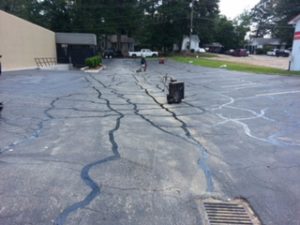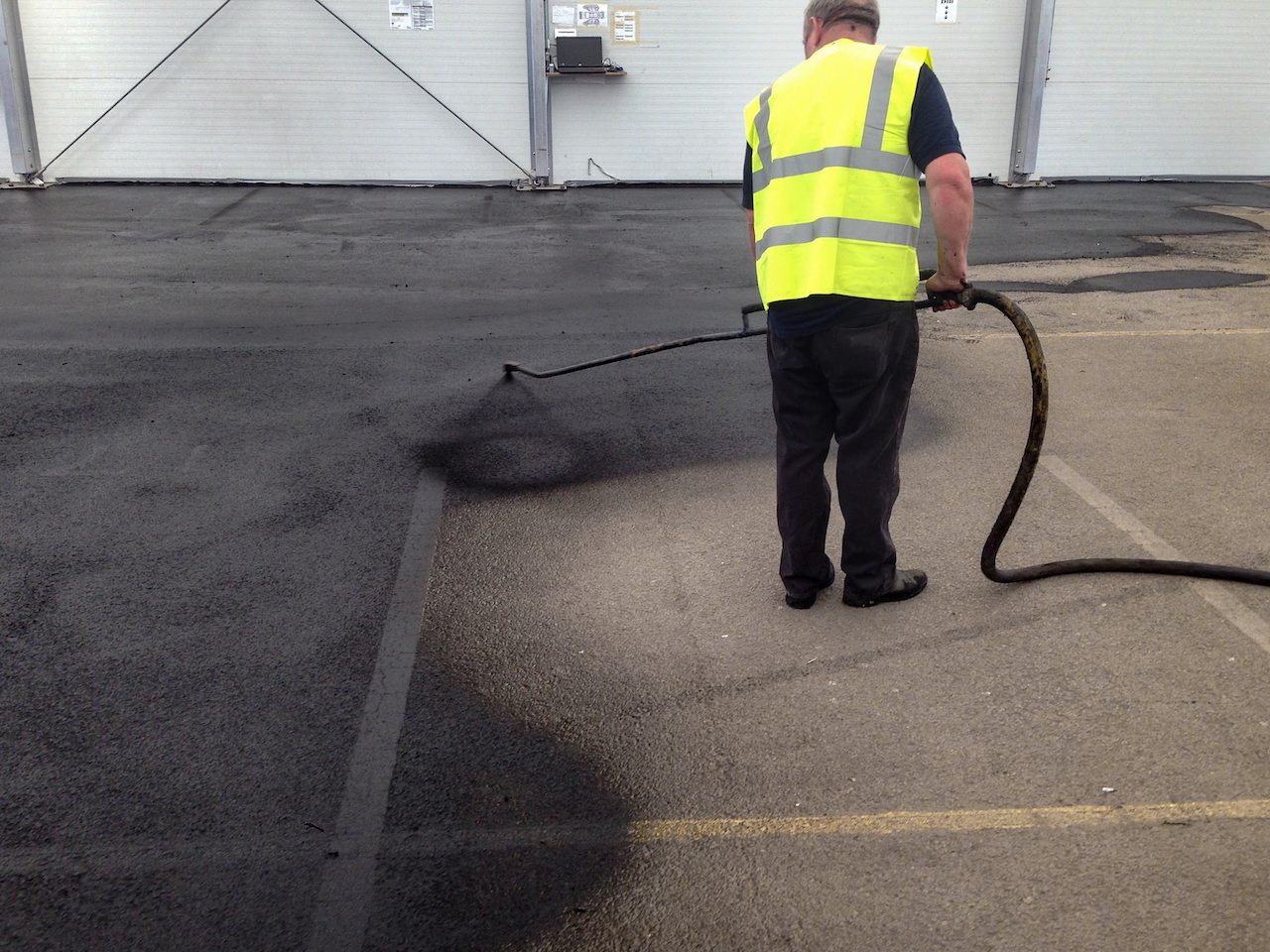
Why Should Property Managers Prioritize Asphalt Crack Repairs?
The most dangerous enemy that asphalt pavement has is water. Many people find this statement strange; asphalt is famous for its waterproofing abilities. However, the issue is not with the asphalt but with the foundation that supports it. Asphalt is so flexible that it requires a stable, well-compacted foundation to give it the strength it needs to bear the weight of traffic. If water reaches the foundation, it can wash away some of the materials used to construct the foundation. Lacking proper support, the pavement can break or subside. Alligator cracking can occur, potholes can develop, and the longevity of the pavement can be severely compromised.
Since most water gains access to the foundation through cracks, it is easy to understand the importance of being proactive about asphalt crack repair. Cracks should be repaired on at least an annual basis, and autumn is the best time to have the work performed. If you would like to make it easier to ensure that the inspections and necessary repairs are done, ask your contractor whether he offers a preventive maintenance plan that will free you from having to remember to schedule the work.
What Methods Are Used to Repair Cracks in Asphalt Pavement?
Asphalt contractors may choose to seal or fill a crack. Before deciding on a method, the contractor will determine whether the crack is continuing to expand; this is known as an active crack. He will also determine its classification. For example, a crack that runs perpendicular to the centerline is called a transverse crack, and one that runs parallel to the centerline is known as a longitudinal crack. Based on his evaluation, the contractor will recommend either asphalt crack sealing or asphalt crack filling.
• Asphalt crack sealing is typically the preferred method for repairing active cracks. It is also preferred for repairing all transverse cracks and many longitudinal cracks. The sealant is usually placed over the crack rather than inside it. These materials are rubberized, so they can remain flexible, maintaining a strong bond with the pavement even if the pavement moves. Sealing may be a little more expensive than filling, but it normally provides a repair that will last quite a bit longer.
• Asphalt crack filling is accomplished by inserting material into the crack. Asphalt crack filler cures to a hard, rigid substance that typically loses its bond if the pavement moves. If the bond is broken, the asphalt crack filler can be dislodged, leaving the crack open to the elements. Therefore, crack filling is usually reserved for inactive cracks. Even then, it may be necessary to repeat the procedure every year or two.
At MH Greeson Paving, we have the experience to determine which repair method is best for your pavement. We specialize in asphalt maintenance and repairs for commercial properties in Marietta, GA, Atlanta, GA and throughout North Georgia. Whether you need crack repairs, asphalt sealcoating, traffic signs, parking lot striping, asphalt paving, an asphalt overlay, pothole repairs or car stops, we can deliver quality, affordable work. We have an excellent reputation and outstanding references. We offer free quotes, so request yours by completing the online form or calling us at 770-335-2983.




